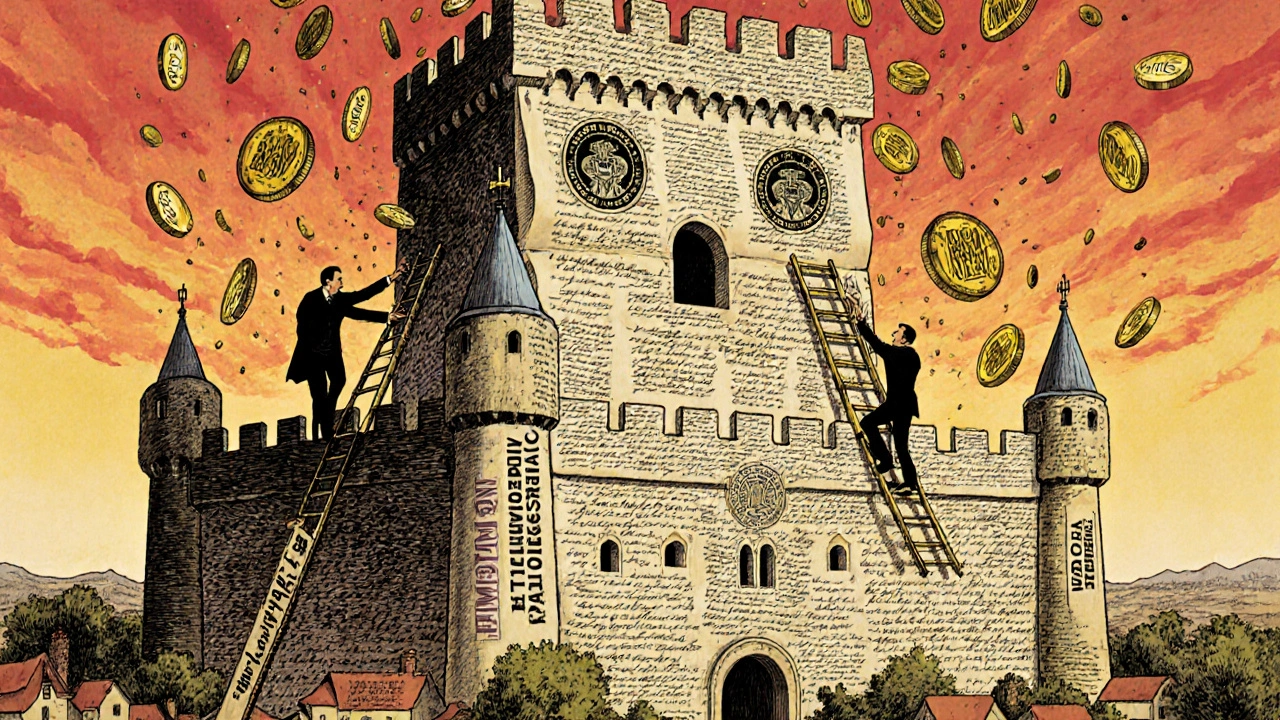Market Exclusivity: What It Means for Drug Prices and Generic Access
When a drug company gets market exclusivity, a period during which the FDA cannot approve competing generic versions of a brand-name drug. Also known as data exclusivity, it’s a legal shield that lets companies charge high prices without competition—usually for 3 to 12 years, depending on the drug type and approvals. This isn’t the same as a patent, though they often overlap. Patents protect the chemical formula; market exclusivity protects the data from clinical trials. Even if a patent expires, the generic version still can’t launch until exclusivity runs out.
That’s why you see some drugs stay expensive for years after their patent ends. For example, a biologic like Humira might have a 12-year exclusivity period under the BPCIA, meaning biosimilars can’t enter until then. Meanwhile, a new chemical drug might get only 5 years of exclusivity, but if it’s approved for a rare disease, it could get 7 years under orphan drug rules. These rules aren’t random—they’re designed to balance innovation and access. The FDA gives exclusivity to reward companies for investing in research, especially for hard-to-treat conditions. But that also means patients and insurers pay more during that window.
Related concepts like patent expiry, the date when a drug’s patent protection ends, allowing generic manufacturers to file for approval, and FDA Orange Book, the official public list of approved drug products with therapeutic equivalence evaluations are critical tools for tracking when exclusivity ends. The Orange Book lists patent numbers, expiration dates, and exclusivity periods side by side, so pharmacies, insurers, and patients can predict when prices will drop. Many of the posts here dive into how to use this data—whether you’re a patient waiting for a cheaper version of your medication or a provider planning for a wave of generic switches.
Market exclusivity affects real people every day. It’s why a $1,000 monthly pill suddenly drops to $30 after a generic launches. It’s why some patients can’t afford their meds until years after the drug first came out. And it’s why understanding the difference between patents, exclusivity, and generic approval timelines matters more than ever—with hundreds of top-selling drugs hitting their exclusivity cliffs in the next five years. Below, you’ll find clear, practical guides on how to track these dates, what to expect when generics arrive, and how to spot when exclusivity might be extended or challenged. No jargon. Just what you need to know to make smarter choices about your care and your budget.

Market Exclusivity Extensions: How Pharma Companies Extend Monopolies Beyond Patents
Market exclusivity extensions let pharmaceutical companies block generic drugs for years after patents expire. Learn how orphan drug status, pediatric studies, and patent thickets create 20-year monopolies-and who pays the price.
